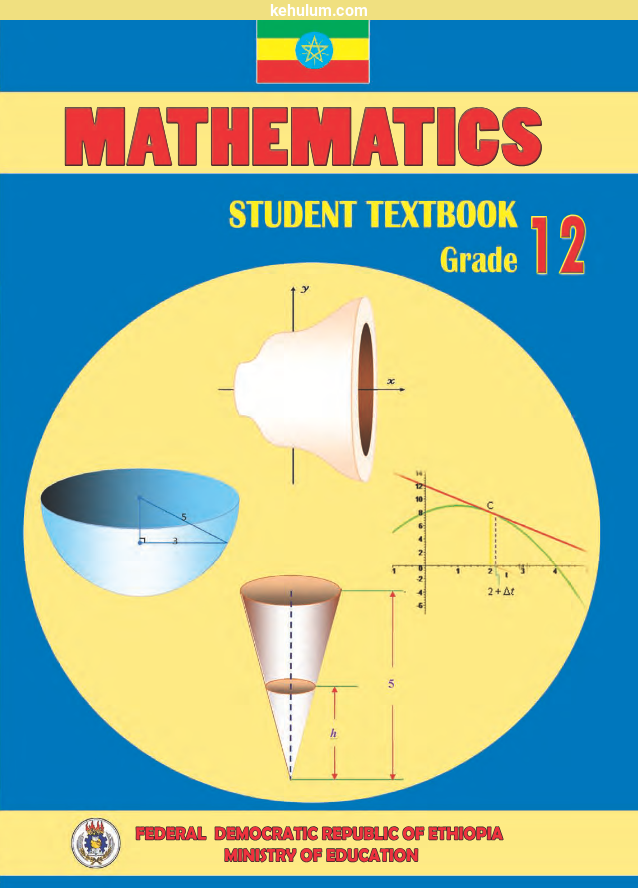The Ethiopian Grade 4 Mathematics (Old Curriculum) textbook has seven chapters (7 ምዕራፎች):
- ምዕራፍ 1፡ ሙሉ ቁጥሮች እስከ 1,000,000 (Whole Numbers up to 1,000,000)
- ምዕራፍ 2፡ በሙሉ ቁጥሮች ላይ የሂሳብ ስሌቶች (Arithmetic Operations on Whole Numbers up to 1,000,000)
- ምዕራፍ 3፡ ክፍሎችና አስርዮሻዊ ቁጥሮች (Fractions and Decimals)
- ምዕራፍ 4፡ ልኬት (Measurement)
- ምዕራፍ 5፡ ጂኦሜትሪ (Geometry (Shapes and Figures))
- ምዕራፍ 6፡ ጊዜ (Time)
- ምዕራፍ 7፡ መረጃ አያያዝ (Data Handling)
Chapters Overview
Chapter 1: Whole Numbers up to 1,000,000
In this chapter, students learn to read, write, compare, and order whole numbers up to one million. They also explore place values, rounding numbers to the nearest 10, 100, 1,000, 10,000, and 100,000, and practice using numbers in real-life situations such as counting, estimating, and problem-solving.
Chapter 2: Arithmetic Operations on Whole Numbers up to 1,000,000
This chapter focuses on the four fundamental arithmetic operations: addition, subtraction, multiplication, and division of whole numbers up to one million. Students apply these operations to solve both routine and word problems, enhancing their computation skills and logical reasoning.
Chapter 3: Fractions and Decimals
Students are introduced to fractions as parts of a whole and learn how to compare, add, and subtract fractions with the same denominator. The chapter also covers decimals and percentages, teaching learners to relate fractions and decimals and to order decimal numbers with two decimal places.
Chapter 4: Measurement
This chapter helps students understand how to measure and calculate using different units of length, weight, and capacity. They practice using standard measuring tools, converting between units, and applying measurements in daily life examples such as distances, mass, and volume.
Chapter 5: Geometry (Shapes and Figures)
In this chapter, students explore basic geometric shapes, lines, points, and angles. They learn to identify and classify rectangles, squares, and other polygons, and calculate their perimeters. The chapter builds spatial understanding and prepares learners for future geometric concepts.
Chapter 6: Time
Students learn to tell time using hours, minutes, and seconds, and convert between different time units. They also compare and calculate time intervals to develop a sense of daily scheduling, punctuality, and real-world time management.
Chapter 7: Data Handling
The final chapter introduces students to basic data collection, organization, and presentation. Learners create and interpret bar graphs, calculate averages, and analyze simple data sets. This chapter enhances their ability to understand information and make data-based decisions.

















